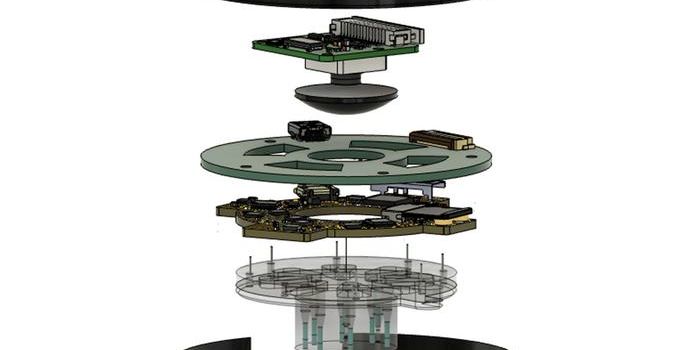A new belt device can help better monitor people with heart failure
Heart failure is a condition that refers to the heart’s inability to pump enough oxygenated blood to the body. According the CDC, over six million people have heart failure in the U.S. Heart failure is caused by a range of conditions (such as diabetes, coronary artery disease, and obesity) conditions that are allow incredibly prominent in the U.S. and around the world.
As a condition that can get worse over time, it’s important to monitor people with heart failure to allow for more timely and effective treatment and intervention. However, this is often hard to do when people are not in a hospital setting, leading to frequent hospitalizations of people with heart failure. As a result, there is a need for new ways to monitor people with heart failure to allow for interventions before the condition gets significantly worse.
A team of researchers at Florida Atlantic University have come up with a new device (specifically, a belt) that could help improve how health care providers monitor people with heart failure, which could allow for more timely treatment. The belt device is described in a recent article published in Scientific Reports.
The use of wearable devices for health care monitoring is not a new concept. However, it’s important to capture certain health signs in order to effectively monitor for heart failure. That’s why researchers designed the belt, which is light and easy to wear, to capture information about hear rate, electrocardiogram information, and some types of motion as people go about their daily lives and do a range of activities, from sitting to walking. The belt can send this information in real to time health care providers, and even alert them of problematic readings that could indicate a decline in health.
The device also makes medical devices for monitoring heart failure more accessible to more patients, as many existing tools are invasive (e.g., implanted devices).
As part of the study, researchers wanted to determine if the belt could produce readings that were accurate, even as people went about their daily lives. Preliminary results suggests that the belt did produce accurate readings.
Sources: Medgadget; Scientific Reports








